You might imagine that the list of free solo climbing casualties would be long and grim, given the sport’s inherent danger. However, the reality is actually quite different.
While each loss is deeply felt within the community and beyond, the number of free solo deaths is not as high as you think (at least of free solo casualties we know of). This isn’t to say the sport is without its risks—far from it—but rather, it highlights the exceptional level of preparation, caution, and respect that climbers bring to their ascents.
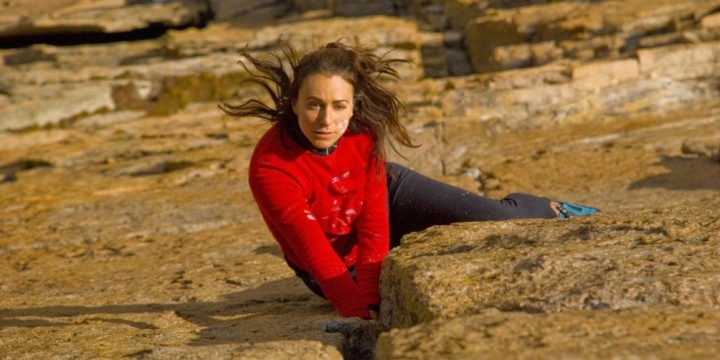
The Numbers: Free Solo Death Rates
Let’s start with some cold hard numbers to get an idea of how much free solo contributes to solo climbing deaths and accidents.
When it comes to rock climbing as a whole, it is a generally safe sport. According to a UK study UK, you have more chances dying running or playing tennis while dying rock climbing. Pretty mad, right? Annually there are around 30 rock climbing-related deaths per year. Of these deaths, 25% are due to rappelling accidents and 30% are due to solo climbing accidents.
The free solo accidents number might seem pretty high, but remember you only have once chance of getting this right. There are only a few people in the world who free solo, and out of those people most have already died, while others are playing with their fate.
Free Solo Climbers Who Have Died
Unfortunately, you can be the most prepared free soloist, have done hours if not days of calculations, inspecting the rock, and things could still go south.
You can’t control nature and sometimes she takes over. Whether that’s bad weather, rockfall or she just doesn’t want you on the rock that day.
We have lost some climbing legends to free soloing, but if this is any consolidation, they died doing something they loved.
John Bachar (23rd March, 1957 – 5th July, 2009)
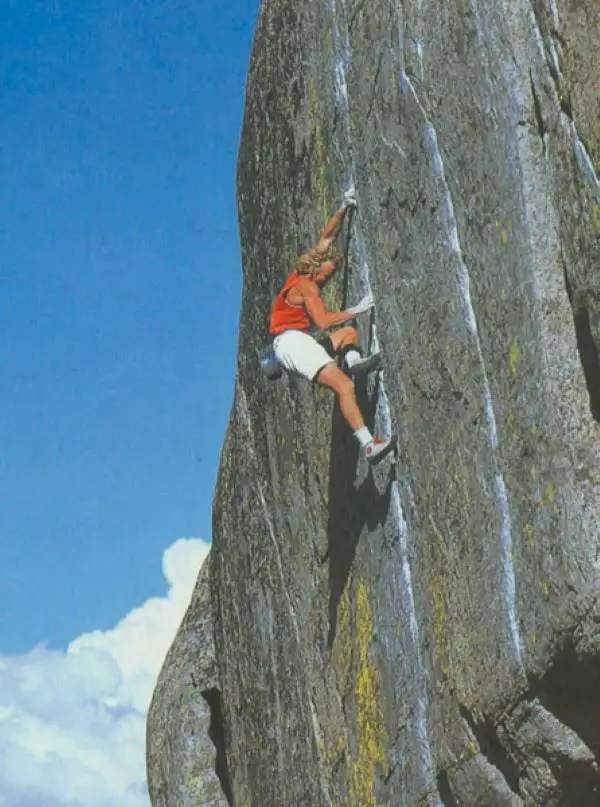
John Bachar, a legend in the rock climbing world, is often remembered for his near-mythical status long before the likes of Alex Honnold took to the stage. Bachar’s climbing career was marked by an obsessive dedication to the sport, particularly free solo climbing, where he pushed the boundaries of what was deemed possible. His accomplishments in climbing, both roped and un-roped, set new standards for climbers everywhere.
Tragically, on July 5, 2009, the climbing community lost this pioneering spirit. Bachar was free-soloing a moderate route on the Dike Wall above Lake George near his home in Mammoth Lakes, California when he fell. This had remained one of the most prolific free solo climbing deaths.
At the age of 52, his death was a stark reminder of the risks inherent in free solo climbing. Despite the dangers, Bachar’s legacy lives on, inspiring a new generation of climbers to pursue their passion with the same fervor and respect for the sport that he exemplified.
Derek Hersey (26th October, 1956 – 28th May, 1993)

Hersey’s climbing career was deeply rooted in the gritstone of the Peak District National Park in Derbyshire, England, before he moved to the United States in 1983. He became a regular Boulder climbing scene, often venturing into Eldorado Canyon, which he called his ‘office.’
Tragically, on May 28, 1993, Derek Hersey died attempting to free solo the Steck-Salathé Route in Yosemite National Park. He fell several hundred feet to his death at the age of 36.
The conditions on the day of his accident were reported to be dry, but a friend speculated that he might have encountered a slippery section of rock. This speculation was later supported by reports suggesting that “rain-slicked rock” contributed to his fatal fall.
Hersey’s death was a significant loss to the climbing community, marking the end of a climber who pushed the limits of what was possible in free solo climbing, earning him the nickname “Dr. Death” for his daring ascents.
Jimmy Jewell (1953 – 31st October, 1987)
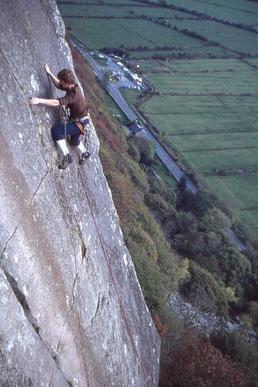
Philip “Jimmy” Jewell was a British rock climber and free soloist, celebrated for his daring ascents during the 1970s and 1980s. Jewell’s early exposure to climbing came from the quarries above his childhood home in Ferndale. His passion for climbing flourished, leading him to become a prominent figure in the climbing community, particularly known for his solo climbs.
Jewell’s climbing achievements are notable for their boldness and technical difficulty. Among his remarkable solo ascents were The Axe E4 6a, The Boldest Direct E3, Great Wall E4 6a, Left Wall E2 5c, and Yankee Doodle E2 5b, all completed in 1987. His climbing style was characterized by a blend of fearless commitment and a profound connection with the rock, making him a legend in the climbing world.
While returning to his climbing club hut via a climb known as Poor Man’s Peuterey at Tremadog, North Wales in October 1987, he slipped and fell to his death. He was soloing the route in sport shoes.
Next time you’re in Llanberis in North Wales, make sure you visit Pete’s Eats and ask for the “Big Jim” breakfast, which was named in his honor!
Dwight Bishop (30th July, 1955 – 16th July, 2004)
Dwight Bishop was an American rock climber and guiding expert, particularly within the Teton Range.
Significant achievements, including ascents of the Eiger peak in the Bernese Alps marked Bishop’s climbing career. However, his heart lay with the Teton Range, where he made numerous ascents, many of which were free solo climbs, including some in winter conditions. His contributions to the climbing community included the publication of “Butte’s Climbing Guide,” a handbook for climbers navigating the Tetons.
During an attempt to free solo the Grand Traverse route in the Grand Tetons on July 16, 2004 he fell to his death. The climbing community was left in shock, as the route was well within his capabilities and familiarities. Following a two-day search, his body was recovered, and his ashes were scattered in the Grand Tetons, a fitting tribute to a climber so connected to these mountains.
Michael Jay Ybarra (28th September, 1966 – 30th June, 2012)
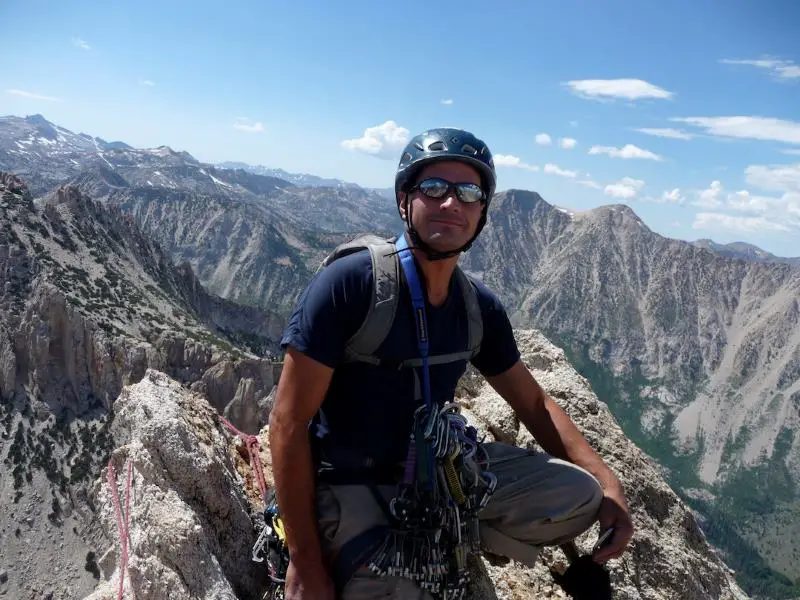
Michael Jay Ybarra was a distinguished American journalist and author, known for his work as The Wall Street Journal’s extreme sports correspondent.
An avid adventurer, Ybarra’s passion for climbing and kayaking took him across the globe, from the peaks of Nepal to the waters of Chile. He documented his adventures in over 30 articles for The Wall Street Journal.
Sadly, Ybarra’s life ended in a free solo accident in Yosemite National Park in 2012.
Austin Howell (Died 30th June, 2019)
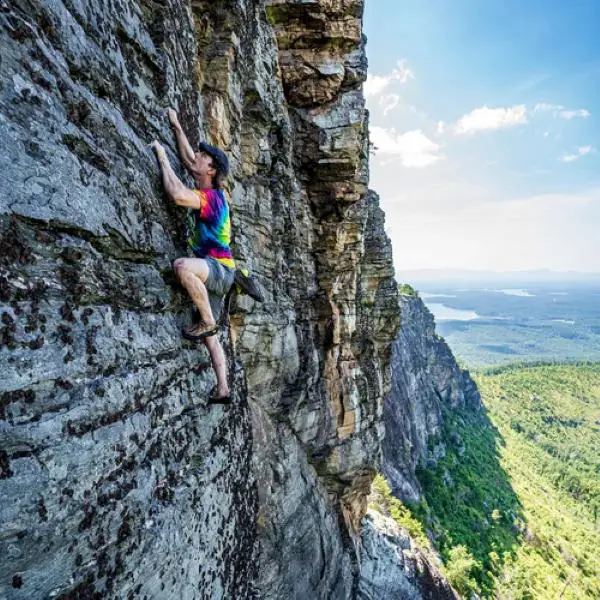
Austin Howell, a climber renowned for his free solo ascents, tragically died on June 30, 2019, after falling 80 feet from a climb in Linville Gorge, North Carolina, within the remote Pisgah National Forest. Howell, 31, from Lombard, Illinois, was known for his exceptional skill in climbing without a rope, a practice he described as his way of life and a path towards peace. The exact cause of his fall, whether from a broken hold or a slip, remained under investigation by the Forest Service.
Deaths of Prominent Free Soloist
We have lost some of the best free solo climbers in other extreme sport-related incidents. Notably, Marc-Andre LecLerc was and is one of the best free soloist who lived and breathed climbing. Not for the accolades, not for the fame, but for the pure joy and peace it gave him. Marc-Andre died along with his friend in Alaska due to an avalanche.
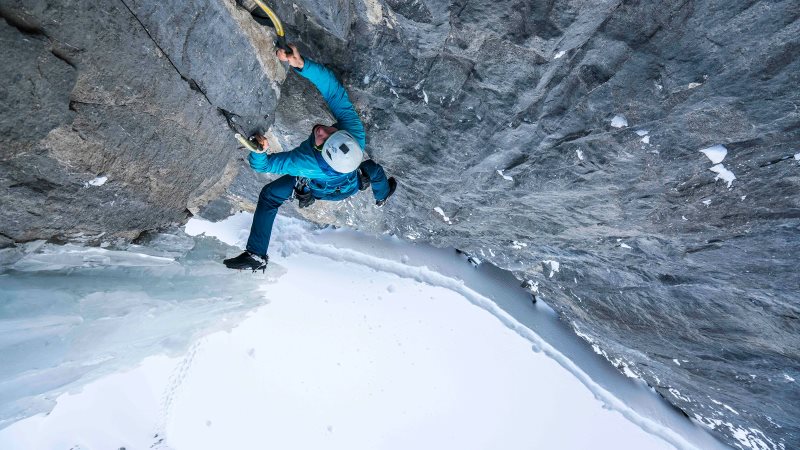
Brad Gobright was another prominent figure in free solo climbing who died while rappelling off a route in Mexico. He failed to put a knot at the end of his rope and rappelled straight off the end.
Dean Potter and Dan Osman were two climbers who broke the barriers of what was possible in rock climbing and free soloing. Dean Potter unfortunately died in a wingsuit accident and Dan Osman died on a rope jump gone wrong in Yosemite.
Why Do This Death Defying Activity?
Why would you even think of climbing without protection? As reckless as this might sound, it’s actually not reckless at all (unless you decide to know a human flag with broken ribs).
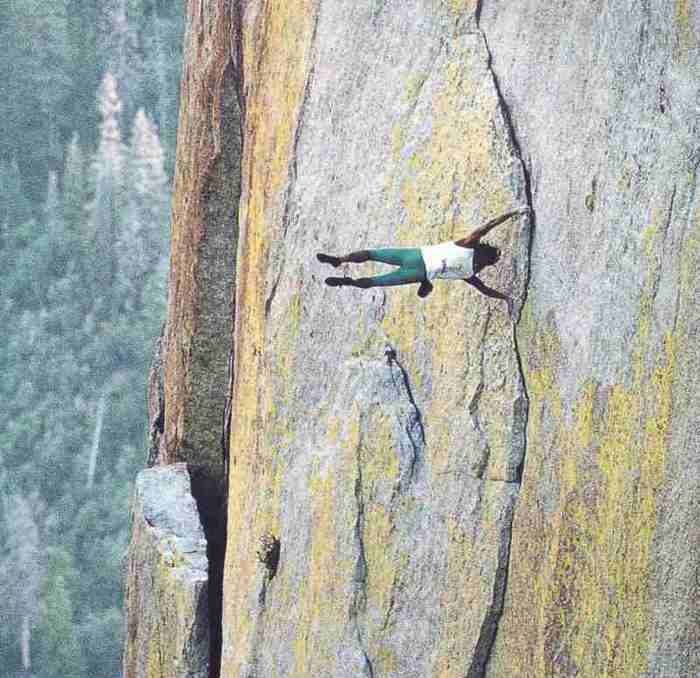
It might be hard to believe but free soloists are not reckless thrill-seekers but calculated risk-takers. They spend countless hours studying their routes, memorizing every nook and cranny, and waiting for the perfect conditions to make their ascent. It’s a discipline where patience, rather than impulsivity, rules.
This meticulous approach, combined with a deep understanding of their physical and mental limits, helps to mitigate the inherent dangers of climbing without a rope.
These people are not out there to kill themselves. As Dean Potter once said, he is scared of death. The reason why people free solo is far deeper and spiritual than just pure recklessness.
Header image: ©Ben Wu




You climbers are remarkable truely but I have a loved ones and family please don’t solo climb do you are signing your own death warrant just please use a rope and the proper gear guys and women please you will still be the same remarkable incredible athlete.
I did some free soloing in the quarries outside State College, PA in the mid 1980s. Honestly, when I think back, it scares me that I was that confident.